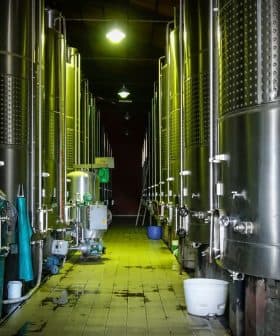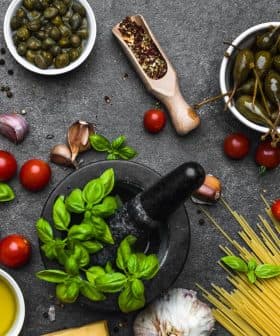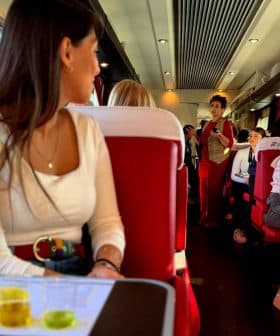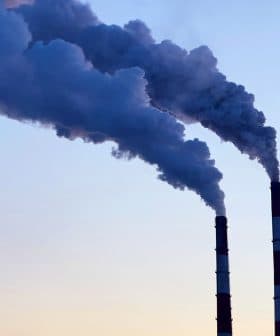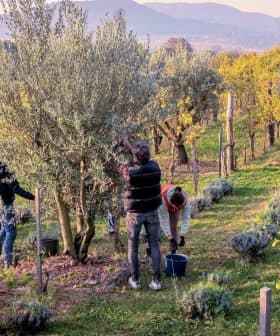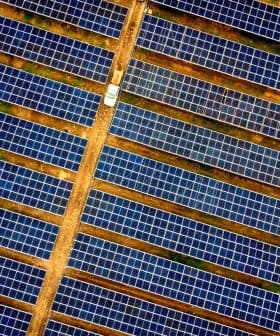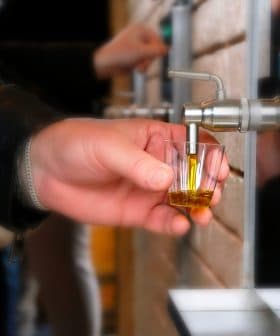Precision Agriculture Celebrated at Guggenheim
An exhibition at the Guggenheim Museum provides a thought-provoking experience on the ways technology can affect agriculture throughout the world.
The Guggenheim Museum is currently hosting an exhibition called Countryside, The Future, challenging the assumption of inevitable urbanization and exploring changes in rural territories until August 14, 2020. The exhibit focuses on sustainability, food security, and precision farming, showcasing the importance of agriculture throughout history and across cultures.
A recently opened exhibition has been drawing crowds to the famous Guggenheim Museum.
The show, Countryside, The Future, housed in the landmark building designed by Frank Lloyd Wright on New York’s Fifth Avenue, runs until August 14, 2020.
Countryside, The Future contests the assumption that ever-increasing urbanization is inevitable, exploring radical changes in the rural, remote and wild territories collectively identified here as ‘countryside,’ or the 98 percent of the Earth’s surface not occupied by cities.
The museum is known for innovative exhibits that sometimes incorporate dance and music performances, making dramatic use of the open space that spirals up from the ground level. However, this one that focuses on the environment is the museum’s first-ever non-art show.
Throughout the exhibit, the organizers demonstrate to the urban museum audience what many in the agriculture sector have known for a long time: sustainability and food security matter in a very real way.
See Also:Culture NewsAnd the coordinators of the show do not disappoint. The exhibit is beautiful, even overwhelming. It challenges the viewer to look, listen and make an effort to understand the concepts that are being presented.
“This exhibition is an attempt at rectification, and its content is drawn from a large consortium of collaborators representing diverse global geographies and a broad range of expertise,” the exhibit’s organizers said.
“Countryside, The Future contests the assumption that ever-increasing urbanization is inevitable, exploring radical changes in the rural, remote and wild territories collectively identified here as ‘countryside,’ or the 98 percent of the Earth’s surface not occupied by cities,” they added.
The multimedia exhibit includes murals that appear to have been created digitally, and show the changes in agriculture and land use since early human history.
It illustrates not only sowing crops in general but the larger social and cultural contexts of agriculture, from Marie Antoinette’s fantasy re-enactments of peasant life to hippie communes and expensive spas in Patagonia.
The conclusion about how all this applies to modern agriculture is presented to the viewer at the top of the museum’s spiraling pathway.
By then, most have grasped the ideas that are presented about climate change as well as finding ways to ensure healthy soil and responsible water use for a more sustainable future.
Precision farming is one of the main themes of the exhibition. Among the ideas being conveyed are the importance of what nutrients are being absorbed by crops and livestock. Targeting treatments and interventions to support improved production and lower costs were also highlighted.
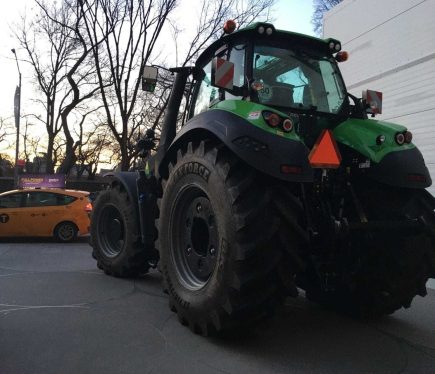
The exhibits demonstrate how automation and technologies designed to analyze the chemistry of the growing process are both integral parts of precision farming.
Printed out on the floor, in relatively small letters, which require the visitor to bend over and scrutinize them, is an explanation that relates to olive growing, and all other agricultural endeavors:
“Precision farming is designed to produce maximal yields. Agriculture on this scale is to a large extent facilitated by the technology of precision farming: combine in algorithms that determine the optimal application seeds, fertilizer, pesticides, and herbicides.”
Throughout the exhibition, there is a strong emphasis on the idea that agriculture is of vital importance to people throughout the world and that innovation may derive from ideas across cultures.
For example, one caption relating to an exhibit produced by researchers from Wageningen University in the Netherlands explains, “pixel farming” — a type of agriculture in which different crops are planted across a grid composed of 15.5 square inch quadrants — “is inspired by pre-Columbian Mayan agriculture, where it was common to plant combinations of corn, beans and squash to share nutrients and underground resources.”
A key lesson advanced by the curators is that agriculture has come a long way over the millennia, yet the world is at the beginning of an era where these technological applications will become increasingly precise and easier to use.


